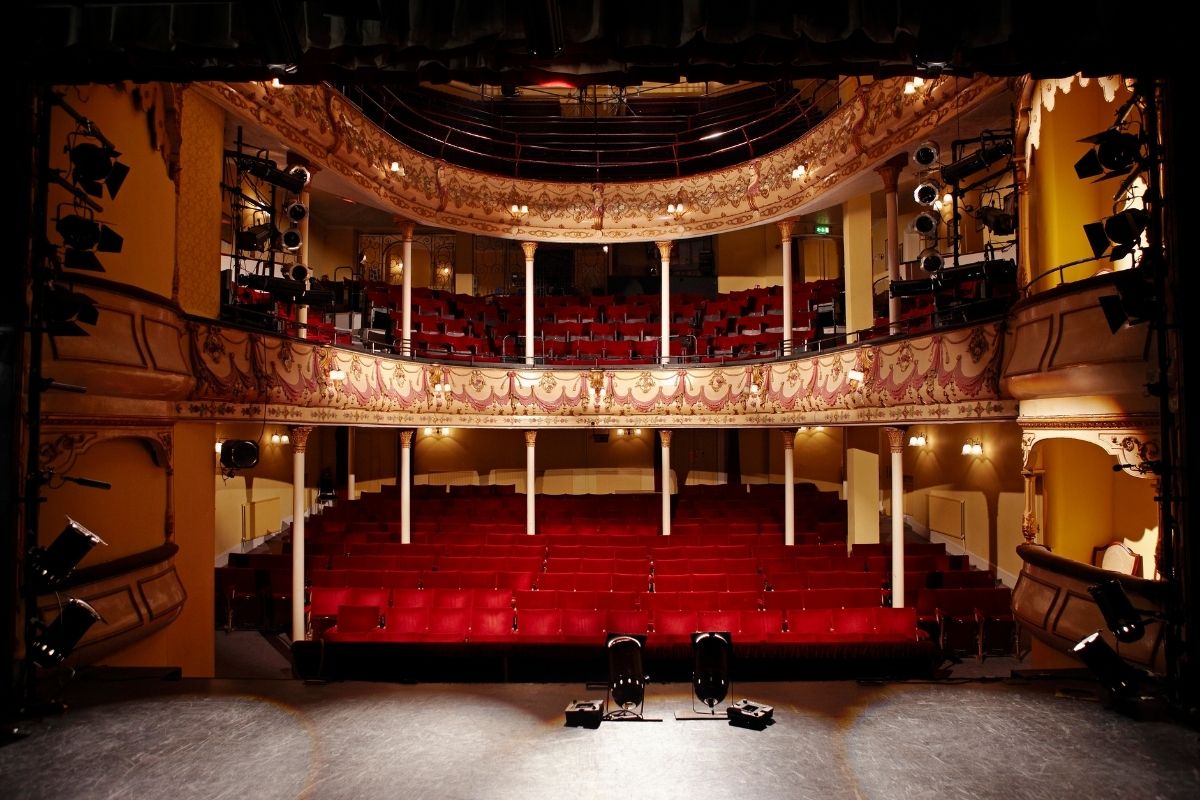What Rights Do Playwrights Have in Performing Arts?
The Dramatists Guild is a wonderful organization that supports playwrights all around the world and protects their rights. I would suggest joining the Dramatists Guild to anyone seriously trying to work in playwriting. Anyone in performing arts education can join it.
It wasn’t always like this. Playwrights didn’t always have such protections. Arthur Miller used to tell a story about how he went to the offices of a Broadway producer, and the producer had all of these books on his shelf that he had co-authored. Miller said to the producer, “Oh, I didn’t know you were a writer, too.”
The producer said, “Oh, I’m not. I just buy the copyright from these authors, and then I put my name on it as co-author.”
Thanks to changes in copyright law, that doesn’t happen anymore. And thanks to the Dramatists Guild, there is enforcement around these kinds of things.
When you write a play, a theater or a producer can license it from you, but they don’t buy it outright. They don’t own it. They can’t make themselves the co-author. They are paying you for the use of your work. You still own the copyright.
The Dramatists Guild has what they call the Dramatists Guild Bill of Rights. It says that the playwright has the right to be involved. It also asserts that unauthorized changes cannot be made to a script without the playwright’s permission.
A lot of people in online performing arts education don’t know that. They may have grown up with drama teachers doing cuttings of things. The teacher might take out a word or a scene that’s inappropriate for young people, and they think that’s totally legitimate. It really isn’t, and playwrights are allowed to — and have — shut down productions that have deviated from the script and made changes that nobody asked their permission for.
Sometimes the changes are really big, like changing the gender of a character. Other times, it’s just a word, and sometimes the playwright doesn’t care as much or finds out about it later.
But, in general, if you’re putting on a play, it is in your absolute best interest to check with the playwright before you make any change, no matter how small. Otherwise, the writer does have the right to shut down your play. Also, of course, you should always begin by getting permission to do the play.
A lot of people in performing arts don’t know that, and a lot of places have been shut down.


